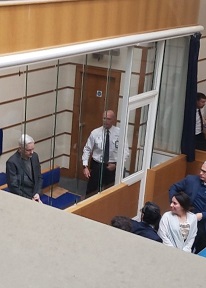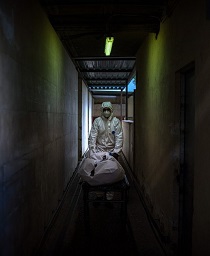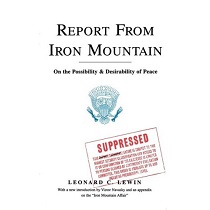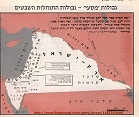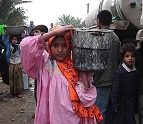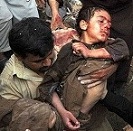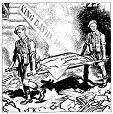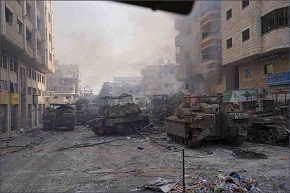Deal with Hamas reveals Israel’s difficulties
After insisting that it would not negotiate with Hamas, Israel finally announced that it agreed to participate in a prisoner swap and temporary interruption of fighting. The terms of the agreement were published by Qatari representatives, with Doha being the place of negotiations. The news exposes some of Israel's weaknesses and shows how the Zionist state is having difficulties in carrying out the fight against the Palestinian guerrillas.
The agreement was announced on November 23, establishing a temporary four-day ceasefire starting at 7 am on the 27th. Israel agreed to release 150 Palestinian hostages, in exchange for 50 Israelis held prisoner by Hamas. Tel Aviv’s spokespeople even announced that the truce could be extended if Hamas agreed to release more Israeli citizens, but there is no update about this possibility so far.
Previously, some rumors about a possible agreement had already been spread on social media. Officials on both sides have said in recent days that a military pause could happen, but the terms were not yet clear. The deal currently in force was mediated by Qatari, Egyptian and American diplomats and appears to have finally succeeded in finding a mutually beneficial consensus for both sides in the conflict.
While the fighting is at a pause, humanitarian aid is arriving in Gaza, with several trucks entering the Palestinian enclave without being targeted by Israeli artillery and aviation. It is not yet known for certain whether the combat has really been completely stopped. It is possible that ground fighting is taking place in some regions, but local correspondents told the media that at the moment the situation is "calm".
“We are witnessing a relative calm, that is gradually becoming more and more visible as there is a complete stop of fighter jets flying over the Gaza Strip,” an Al Jazeera journalist said.

